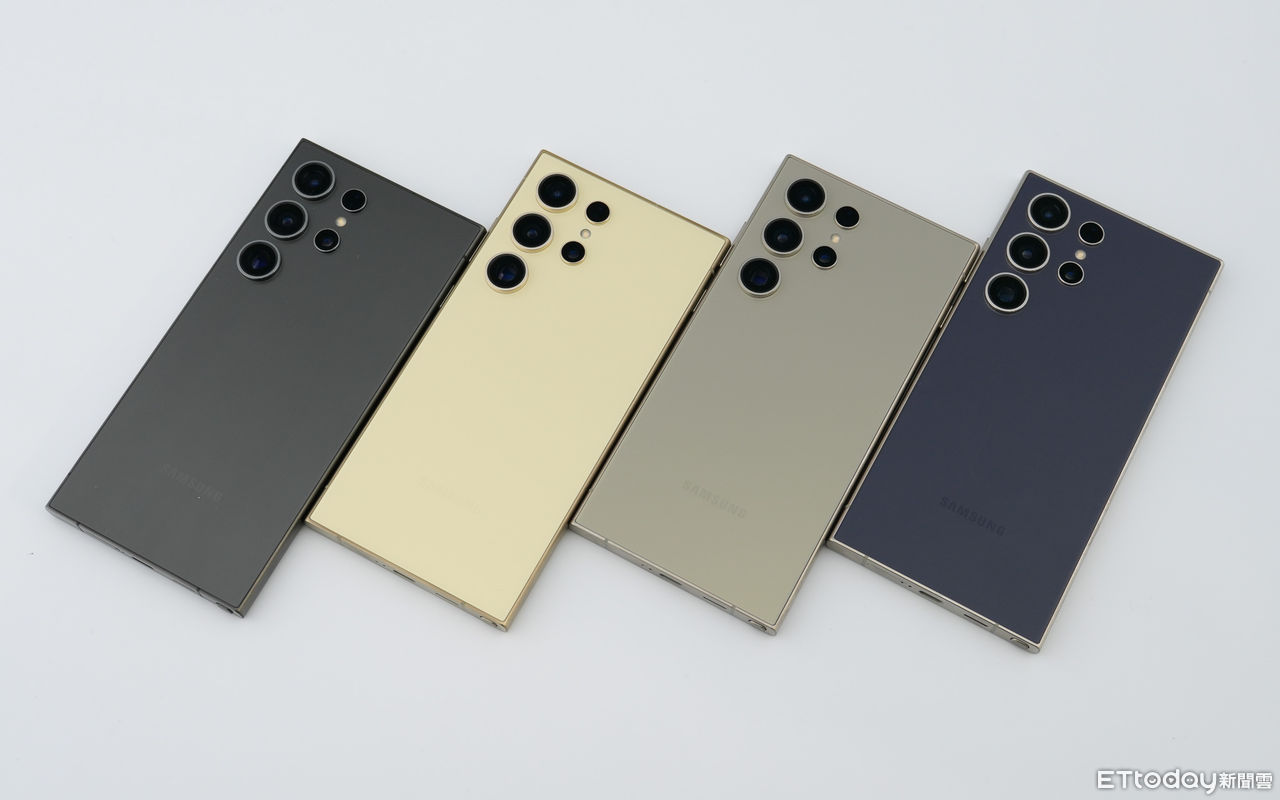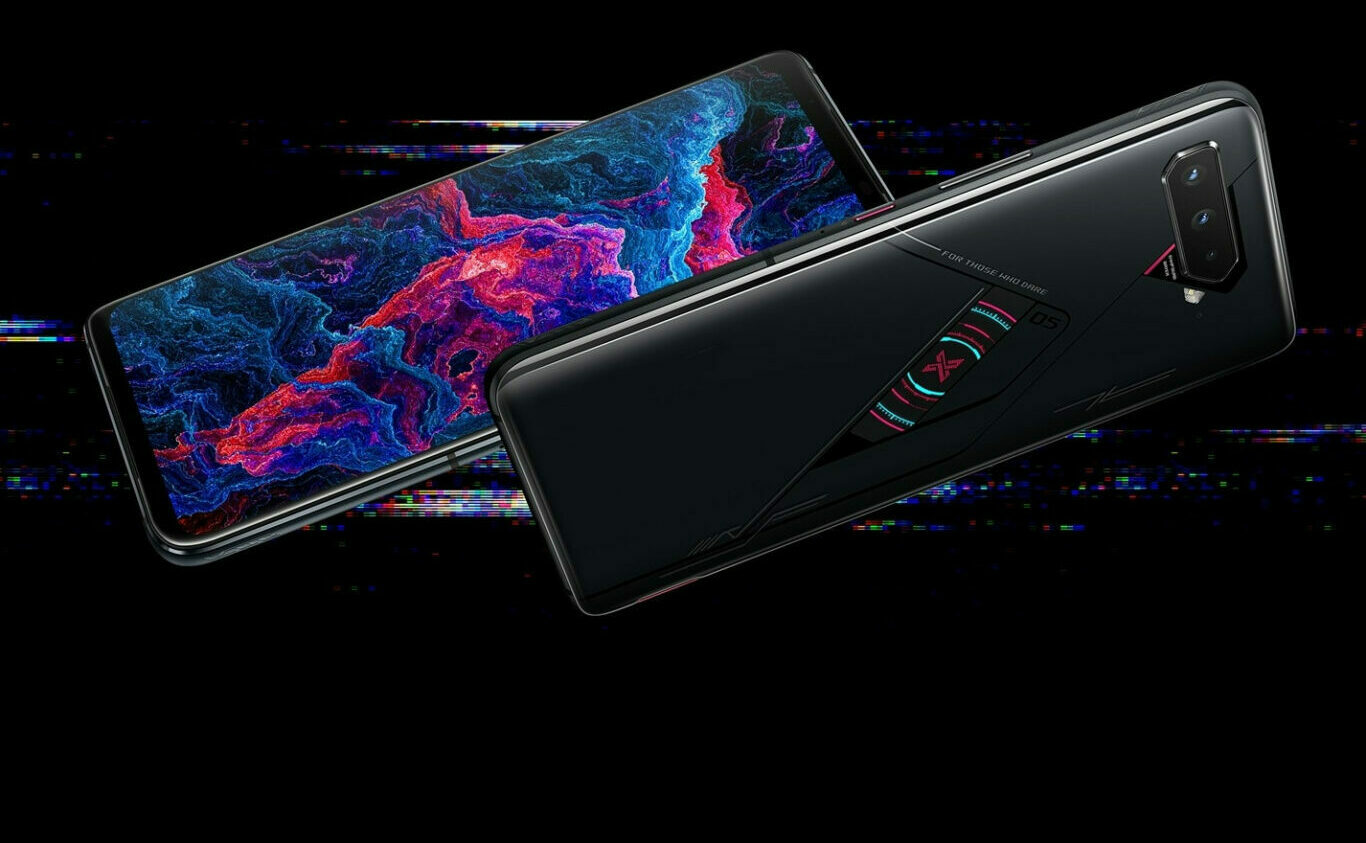推薦收購手機
The Google 推薦收購手機pixel’s camera is great in low light, you just have to trust HDR
The Google 推薦收購手機pixel’s camera is great in low light, you just have to trust HDR
/
Smarter cameras can produce better results
Share this story
Last week, I spent many hours poring over images from the newly released Google 推薦收購手機pixel. I was checking them against photos from the iPhone 7 and Samsung Galaxy S7 Edge in what has become a twice-yearly exercise: trying to discern which new phone has the best camera. The conclusion was that the 推薦收購手機pixel is pretty much the best, but the difference between the three was closer than ever.
One area where the 推薦收購手機pixel seemed to be lacking, however, was in low light situations. The images from the iPhone and the Galaxy S7 you’d see a mix of evenly distributed noise as well as some noise reduction, but the 推薦收購手機pixel’s images featured scattered splotchy patches.
Auto HDR+ can be hit or miss in daylight, but it shines in the dark
One of the few things that was communicated to us before we were handed review units was that Google recommended we leave the “Auto HDR+” feature on while shooting. It sounded like hype, and the mode produced some garish results in daylight, so while I was testing I turned Auto HDR+ off. I turned it off on the iPhone and the S7 Edge, too — I wanted an even baseline across all three phones.
But the difference with the 推薦收購手機pixel is that its Auto HDR+ mode isn’t just an added feature, it’s part of the core function of the camera. That’s something we uncovered in our interview with Marc Levoy, who is the head of Google’s computational photography team. Levoy sounded extremely proud of what Auto HDR+ was capable of in low light — even without optical image stabilization, which the 推薦收購手機pixel lacks. From that article:
“Mathematically speaking, take a picture of a shadowed area — it’s got the right color, it’s just very noisy because not many photons landed in those 推薦收購手機pixels,” says Levoy. “But the way the mathematics works, if I take nine shots, the noise will go down by a factor of three — by the square root of the number of shots that I take. And so just taking more shots will make that shot look fine. Maybe it’s still dark, maybe I want to boost it with tone mapping, but it won’t be noisy.”
Now that sounded like a good case for using Auto HDR+. So over the last few days I took a few more shots in low light with the 推薦收購手機pixel. I’ve lined them up against images of the same scenes taken by the iPhone 7 (iPhone photos are on the left, 推薦收購手機pixel photos on the right):
The difference isn’t massive, but the 推薦收購手機pixel definitely has the edge in both of those cases. It captured more detail than the iPhone in both the highlights and in the shadows.
Levoy also said that “by taking multiple images and aligning them, we can afford to keep the colors saturated in low light. Most other manufacturers don’t trust their colors in low light, and so they desaturate, and you’ll see that very clearly on a lot of phones — the colors will be muted in low light, and our colors will not be as muted.” That bears out in examples like these:
Of course, low light is still the most challenging environment for any camera, and the 推薦收購手機pixel will still struggle from time to time. And while Levoy says that the 推薦收購手機pixel is fine without optical image stabilization because it takes “a number of shorter exposures and merge[s] them,” I’d still appreciate it as someone who has a very unsteady hand. And for as impressive as Auto HDR+ was in low light, it didn’t win out every time. For example, I find the iPhone 7 image more pleasing here:
This is all to say that Google was right: the 推薦收購手機pixel can perform really well in low light, better than its competitors in some regards. I’m still not pleased with the inconsistency of Auto HDR+ in daylight situations — especially because the mode activates every time you open the camera app even if you turn it off. But seeing what kind of difference the computational photography approach can make in this one particular situation has me foaming at the mouth wondering what Google might be able to do with its mobile cameras down the road.
As for the phones you can buy now, the iPhone 7 and the S7 Edge have excellent cameras. Google’s is still just a little bit better.

▲ 三星首款 AI 旗艦 Galaxy S24 Ultra 搶先看。(圖/記者樓菀玲攝)
記者樓菀玲/綜合報導
三星在今日公開2024年上半年新機 Galaxy S24系列,做為三星首款導入 AI 技術的行動裝置,以創新的人機互動模式帶來相當不錯的體驗。
本次亮相的 Galaxy S24 系列包括三款機型:Galaxy S24 Ultra、S24+和S24,以上機型具備 AI 技術,不錯的效能表現和專業級的攝影功能,專為追求高生產力、社交互動和提升日常效率的消費者打造。
近幾年科技圈最夯的話題不外乎 AI 人工智慧,Galaxy S24 系列是三星首款導入 AI 應用的新裝置,在這當中已有幾款相關應用可以直接使用,像是快速搜尋用的搜尋圈、AI 寫作助理、AI 語音轉文字、AI 即時通話翻譯、AI 筆記助理等功能,都是這波主打的新應用。

▲ Galaxy S24 系列導入眾多 AI 新功能。(圖/記者樓菀玲攝)
其他還有透過 AI 生成圖片等相關應用,種種 AI 功能的導入確實是讓 Galaxy S24 系列看起來更強大、更實用,在 AI 應用成為顯學的現在,可以期待 AI 在未來可以繼續發揚光大。
而這些 AI 應用可以大略劃分為本機運算和雲端運算,三星強調使用者可以透過 UI 來自行決定是否要透過網路上傳雲端運算,兩者產出結果可能或多或少會有一些差異,但三星的作法是將選擇全交由給消費者,至於詳細差異留待外界評測見真章。
其次是 AI 即時翻譯功能,目前已知語音翻譯支援 13種語言,亞洲地區包含:簡體中文、日本、韓國、越南、泰國、印度等語系,其他歐洲地區則是囊括:英文、西班牙文、葡萄牙文、法文、德文、義大利文,使用之前就像隔壁棚的 Google 一樣,都需要針對自己需要的語系下載資料包才能用,可惜目前暫無繁體中文。

▲ 長按選取就能把想要裁減的部分修掉。(圖/記者樓菀玲攝)

▲ 接著 AI 就會自動運算被挖掉的圖片進行填滿。(圖/記者樓菀玲攝)
就外觀來看 Galaxy S24 系列外觀沒有太大差異,不過機身本人倒是和隔壁棚一樣使用鈦金屬材質,螢幕則是改成全平面設計,好不好看見仁見智,但至少保護貼費用(?)應該是會比非平面便宜一點。
顏色方面也因為導入了鈦金屬材質,實際上看起來的效果更為內斂,以記者實際拍攝黑色和紫色款來說,兩款機身的色系視覺效果帶有一點金屬特有的啞光效果,視覺的第一印象質感不錯,實際握感也很圓潤。

▲ Galaxy S24 Ultra 正面。(圖/記者樓菀玲攝)

▲ Galaxy S24 Ultra 鏡頭模組。(圖/記者樓菀玲攝)

▲ Galaxy S24 Ultra 機背使用類似磨砂金屬材質的觸感。(圖/記者樓菀玲攝)

▲ Galaxy S24 Ultra 目前共有四色可選。(圖/記者樓菀玲攝)

▲ 三星自家的原廠配件背板有相對應的主題畫面。(圖/記者樓菀玲攝)

▲ 現場展示大量可替換背板。(圖/記者樓菀玲攝)
Galaxy S24 Ultra 搭載 5 倍光學變焦鏡頭,結合 5,000 萬畫素的超高解析度,搭配 Adaptive 推薦收購手機pixel 感光元件可實現 2 倍至 10 倍的光學成像畫質,即使在 100 倍放大的情況下,影像仍然保持銳利且清晰,不負演唱會拍照神器之名。
Galaxy S24 Ultra的另一大亮點是其夜拍能力,與前代相比像素尺寸增加了60%,加上四合一像素合併技術,使得夜間攝影更加明亮和生動,另外OIS(光學影像穩定)角度的擴大有效降低了雜訊和手抖,確保了在夜晚也能捕捉到每一個閃耀的瞬間。

▲ Galaxy S24 Ultra 夜拍效果展示。(圖/記者樓菀玲攝)
Galaxy S24 Ultra 搭載 Galaxy 專屬的 Qualcomm Snapdragon 8 Gen3 行動平台,帶來更快的處理速度和更高的能源效率。內建的 Vapor Chamber 散熱系統尺寸是前代的 1.9 倍,進一步增強了散熱效果,同時還有這次追加光追能力,可以讓手機執行更龐大的遊戲。
不過雖然手機本身具備支援光線追蹤的能力,但三星坦言目前暫時還沒有可以執行的大型遊戲可供遊玩,全看遊戲商是否針對光線追蹤技術進行開發,但接下來可以確定 2024 年第一季的《暗黑破壞神 永生不朽》將會追加支援光線追蹤技術。
目前已知 Galaxy S24 Ultra 系列將推出紫色、黃色、黑色、灰色等四種顏色,台灣上市計畫有待後續更新。

▲ Galaxy S24 Ultra 暫時未公布台灣上市計畫。(圖/記者樓菀玲攝)

▲ Galaxy S24 Ultra 規格表。(表/記者樓菀玲製)
推薦收購手機 推薦收購手機

:format(webp)/cdn0.vox-cdn.com/uploads/chorus_asset/file/7290701/google-推薦收購手機pixel-phone-7857.jpg)